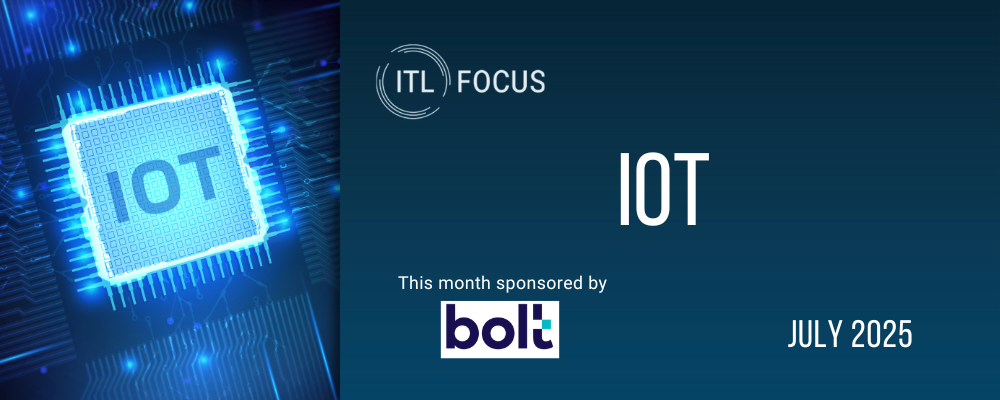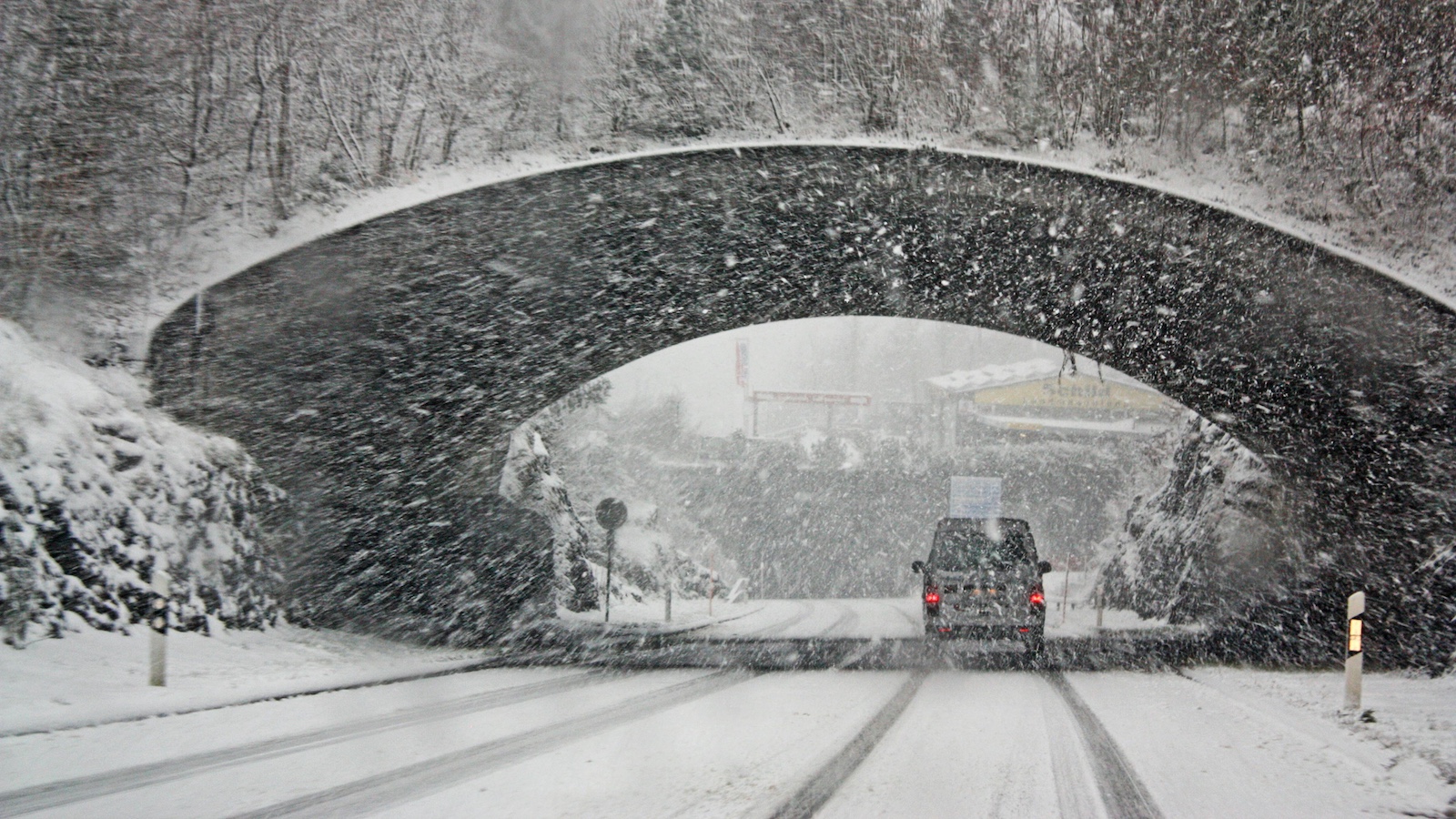KEY TAKEAWAYS:
--IoT sensors can accurately forecast not only the likelihood of a flood event, but more importantly identify exactly which buildings or facilities will be affected. A combination of flood forecasts, nowcasts and real-time IoT data can let companies act before or during a flood event to mitigate the impact.
--The spread of IoT technology will likely increase the use of parametric insurance, with payments triggered by precise data from IoT sensors.
----------
Rising risks from flooding in every part of the U.S. will require an innovative response from insurers and risks managers, and the Internet of Things (IoT) is set to become key to how risks will be managed and mitigated.
Flood data facts
Today, half of all U.S. economic losses from flood are due to pluvial flooding (Nature.com 2022). At the same time, current flash flood warnings lack actionable data, as they cover large geographies, which generate many false alarms, with a resultant lack of action. In addition, a threefold increase in damage to commercial property from climate-related risk is now predicted by risk analysts XDI 1000 by 2050.
A recent study by the Pew Charitable Trusts found flooding in the U.S. is a year-round threat. (Flooding Is Nearly a Daily Occurrence Throughout the U.S.)
While flooding from large-scale extreme weather events such as hurricanes tends to grab headlines, they are only part of the nation’s flood story. The Trusts analyzed storm data and other events, including heavy rains and rapid snow and ice melt, which now cause varying degrees of flooding across the country, often inundating homes and businesses, compromising infrastructure and impairing local economies.
Pew’s analysis of the National Oceanic and Atmospheric Administration’s Storm Events Database, which includes reports from a variety of government and nongovernment sources, found that, since 2000, at least one flood occurred in the U.S. on nearly 300 days per year, on average. The NOAA database also shows that all 50 states and the District of Columbia were affected by flooding in 2021.
See also: The New IoT Wave: Small Commercial
The knock-on effect
The flooding has led to a more cautious approach from underwriters to the coverage they offer, which has been made all the more difficult by reinsurers’ reluctance to provide capacity for natural catastrophe risks in the 1/1 and 1/4 renewals. Primary markets have had to raise their attachment points significantly, assuming more of the risks themselves.
They are becoming far more deliberate in how they deploy capacity that is, in effect, unsupported. Those concerns are passed down to the policyholder in the shape of higher deductibles, lower limits and higher premiums.
As a result, we are seeing a tangible shift in focus away from simply post-event restoration and recovery to a system of robust risk management with prevention and mitigation pre-event at its heart.
IoT is the answer
To deliver such a strategy early identification will be key, and technology can and will play a significant role.
Policyholders, be they personal homeowners or businesses, need to be able to identify the threat of flooding before the event so they can put in place flood mitigation systems to reduce damage and loss of property.
For business, the ability to reduce the losses and the impact can be the difference between success and failure -- over 40% of businesses fail to reopen after suffering a flood event. And IoT sensors can accurately forecast not only the likelihood of a flood event, but more importantly identify exactly which buildings or facilities will be affected. A combination of flood forecasts, nowcasts and real-time IoT data can provide insights into flood risk, letting companies act before or during a flood event to mitigate the impact.
See also: The Intersection of IoT and Ecosystems
Plugging the protection gap
Insurers will be able to redesign how they can offer insurance cover, likely using more parametric products. Because parametric covers require the ability to access unequivocal independent data on which the payment can be triggered, it is where IoT sensors that can measure the height of water at a given point come into their own.
For businesses that have had challenges settling past flood claims, parametric insurance, backed by highly accurate IoT sensors, offers greater certainty about when and how claims are paid.
It will even allow insurers to better understand their clients’ individual risk and offer parametric coverage where conventional insurance isn’t viable, while delivering accuracy in underwriting product structure and pricing.
All in all, IoT sensors enable insurers to work with their clients to mitigate and manage flood risks better, which should consequently help reduce the number of businesses for which a flood event spells failure, especially in hardening economic and financing conditions








